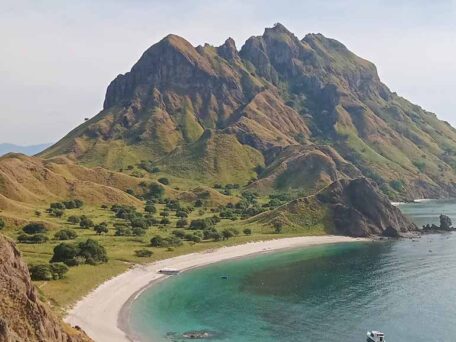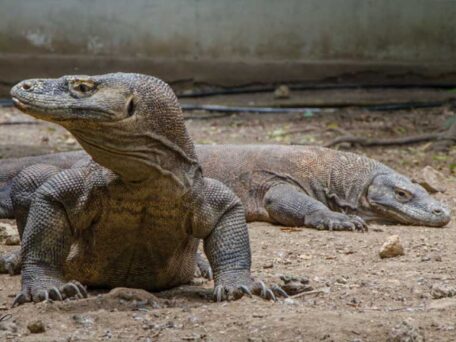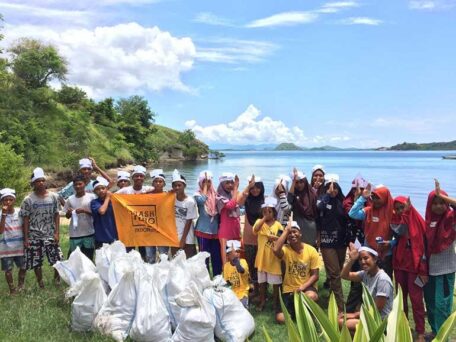The stunning Komodo National Park is a UNESCO world heritage site and one of the seven natural wonders of the world. Located just off the west coast of the beautiful Flores Island, this national park offers world class diving and the chance to see fascinating fauna, flora and endemic species such as the famous Komodo dragon (Varanus komodoensis). The area was established as a park in 1980, the main focus being to preserve the populations of the dragons. However since then the biological importance of the park - both terrestrial and marine - has become abundantly clear and so the park works to protect all of the biodiversity within the park.






